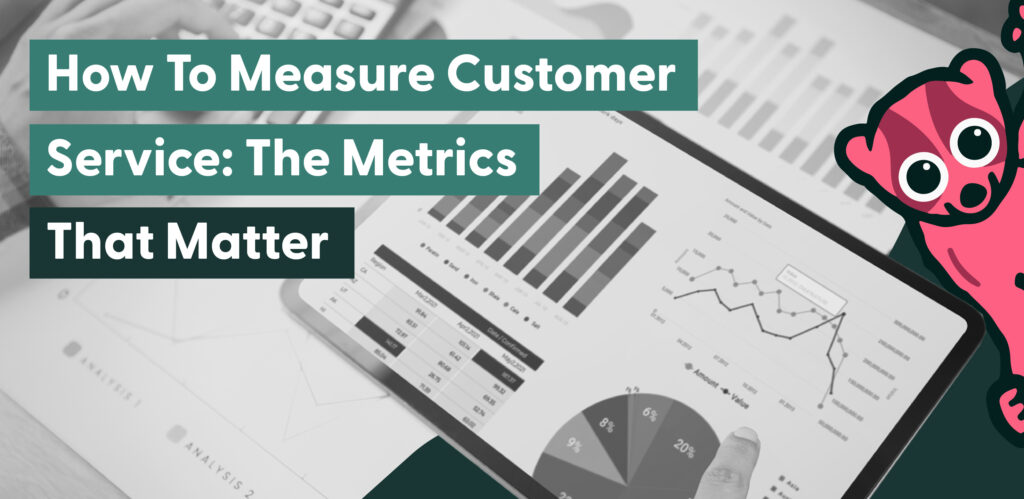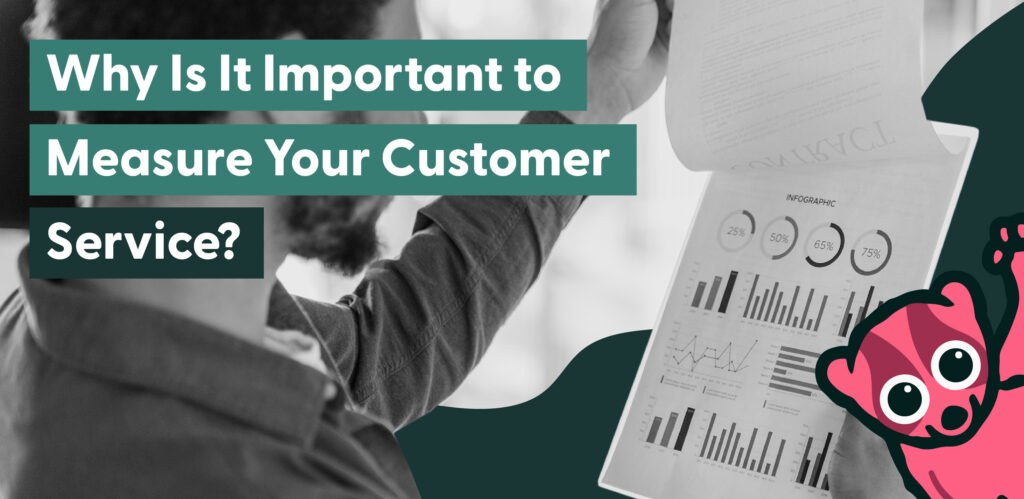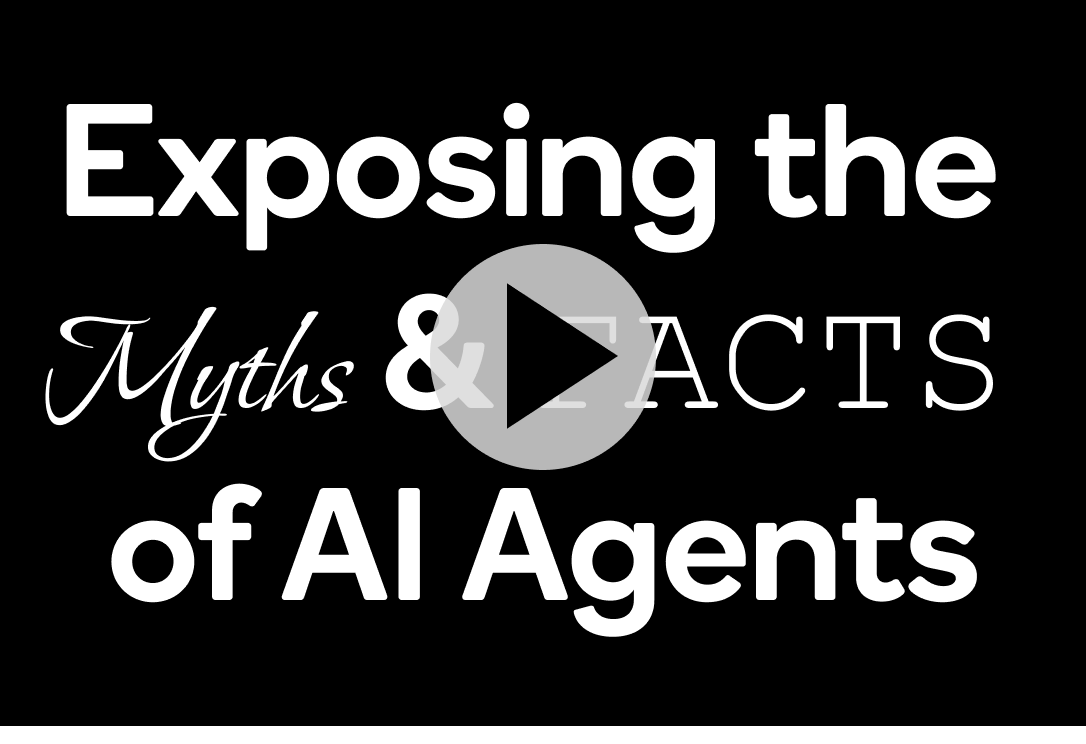
How will you know how your business and customer support team are performing if you don’t measure customer service performance and metrics?
It’s just as important for your business to measure customer service performance as it is cash flow and year-on-year growth.
Tracking your customer service metrics can help you measure customer satisfaction and the speed with which you serve customer needs.
However, only 14% of businesses measure their metrics in real time. This is problematic because you can’t improve what you don’t measure.
In this article, we’ll guide you through the steps you can take to measure your customer service operations effectively. We’ll also share what metrics look like in the future of customer service.
Why Is It Important to Measure Customer Service?

There are three main reasons why it’s important to measure customer service:
☑️ Happier customers
The ability to measure customer service metrics leads to customer satisfaction because your business can proactively identify and address areas for improvement.
When you track key metrics like response time, resolution time, and customer satisfaction (CSAT) scores, you can gain valuable insights into how your customer service department is performing and how you can better align your service with your customers’ needs.
By tracking key metrics, you can spot recurring issues promptly, preventing small frustrations from turning into significant customer dissatisfaction.
☑️ More efficient operations
Measuring customer service metrics leads to more efficient and effective operations by providing clear, data-driven insights that enable you to:
✔️ Optimize processes in your contact center.
✔️ Allocate resources more effectively.
✔️ Improve your overall performance.
For example, metrics such as average handling time, response time, and resolution time can help you pinpoint where delays or inefficiencies occur in your customer service process. By identifying these bottlenecks, you can take action to streamline workflows and handle customer interactions more swiftly.
☑️ Business improvements
Key performance indicators (KPIs) can be used to improve your overall business, your product, and the service you provide to your customers.
Measuring customer service performance helps you make improvements by providing actionable insights that drive strategic decisions, enhance customer experiences, and ultimately support business growth.
By analyzing customer data, you can make informed decisions on where to invest in technology, training, or new product features, ensuring your improvements are data-driven and likely to yield positive results.
Learning from Klarna: Exposing the Myths & Facts of AI Agents
Join industry experts as they analyze Klarna’s strategic shift and what this means for broader AI agent adoption.
How to Measure Customer Service Step-By-Step
Now that you know why it’s important to measure your customer service, let’s look at how to do this step-by-step:
1. Start with data
There are two types of key performance indicators you can use to measure customer service: operational and organizational KPIs.
Let’s look at the metrics that fall under these two categories.
Operational customer support metrics
Operational KPIs provide data on your customer service team’s performance in relation to their efficiency and speed. These metrics include:
📈 Average issue count (AIC): This is the number of daily, weekly, and monthly cases that come into your contact center. This will help you identify frequently occurring issues and determine how you can prevent these complaints in the first place.
📈 First response time (FRT): This is the amount of time it takes for a customer service agent to provide their first response to a customer. A 1% increase in FRT leads to a 1% increase in customer satisfaction. If your customer service team isn’t responding quickly enough to complaints and inquiries, you need to find out where there are bottlenecks so that you can fix them.
📈 Average resolution time (ART): This is the total time it takes for customer support agents to solve an issue once it comes into your contact center. 82% of customers expect their issues to be resolved immediately, so if your average resolution time is high, you need to find the underlying problem. It may also mean that your customer service agents need more training in handling complex customer issues.
📈 Rate of answered calls: This refers to the number of calls answered compared to the number of calls received by your contact center. A low rate of answered calls could indicate that you need more agents available to handle a larger number of calls during peak hours.
📈 Average ticket handling time: This is the amount of time a customer spends interacting with customer service representatives. Don’t aim for quick average handle times if your agents are trying to hang up calls as fast as possible rather than resolve issues fully.
Organizational customer support metrics
Organizational customer support metrics reflect the performance of your entire business, not just your agents. These metrics include:
📈 Customer satisfaction score (CSAT): This is how satisfied customers are after interacting with your contact center. To gather this data, you’ll need to use a combination of customer satisfaction surveys and feedback ratings each time a customer interacts with your customer support.
📈 Net promoter score (NPS): This KPI measures how likely customers are to recommend your product to friends, family, and colleagues. If your NPS is low, you’ll want to investigate your product and why your customers are facing issues when using it.
📈 Customer experience rating (CER): This is how customers perceive their overall experience with a brand. This includes interactions with your agents, ease of use of your product, and overall satisfaction with your company. You can use channels like social media, phone calls, and emails to gauge customer experiences.
📈 Customer retention rate (CRR): This measures the percentage of customers your business is able to retain over a specific period of time. A low customer retention rate often means there’s an issue with your product or service that needs to be fixed.
📈 Customer effort score (CES): This measures how much effort a customer has put into using your product. The more frictionless and easy it is to use your product, the more likely customers are to continue using it. You may want to add a customer effort survey at the end of major milestones when using your product to get an idea of where customers may be facing difficulties.
ℹ️ Which Metrics do Leaders Really Care about to Properly Measure Customer Service?
In a recent Hubspot report, 31% of customer service leaders selected customer satisfaction and customer retention as the top KPIs to track. This is followed closely by average response time (29%) and average resolution time (26%).
2. Use data collection tools
Once you’ve identified which metrics you want to measure, you need to use the right tools to collect customer data so that you can analyze it. Here are three data collection tools you can use:
➡️ Post-interaction surveys: Often brands collect customer feedback during or immediately after interactions. Where this becomes an issue is when an agent can trigger the survey, potentially skewing the results to positive experiences and foregoing the survey for negative ones. This makes the results of little use for both agent performance and general understanding of customer issues.
➡️ Social media listening: You can use social media analysis tools to understand what your customers are saying about you online and how they feel about your brand. Social media listening allows you to capture real time feedback from your customers, identifying issues as they arise.
➡️ Artificial intelligence (AI) text and speech analysis: You can use speech analysis to turn customer interactions into text, which you can then analyze for anything from intent and contact driver topics to sentiment to potential issues like frustration or confusion.
3. Analyze your data
Before your data can become accurate, you need to collect it from as many customer interactions as possible. However, this means the amount of data you’ll get using traditional surveys and listening tools will be massive.
Manually trying to sift through tons of data is time-consuming and inefficient. It also means you won’t necessarily get the most accurate and unbiased insights you need to make meaningful improvements to your customer service and overall business.
💡 The Answer to Manually Sifting Through Data
AI conversation intelligence platforms eliminate the need for you to manually collect and analyze data to try to find valuable insights.
“Conversation intelligence platforms like Loris will analyze all your customer interactions for you and automatically identify patterns and common issues. This means you don’t have to analyze any data manually, saving you time and making your processes more efficient.” — Agya Garg, Head of Product at Loris
4. Leverage reporting
When you’re only looking at your numbers, you don’t get any context that could be important in understanding how your customer service team is performing.
This is why you need clear and insightful reports: to understand what your data is actually saying.
You need to create regular reports that cover both your contact center and overall business performance. Every department in your business should have access to this report so that they can understand what customers are saying and make improvements accordingly.
Here are some quick pointers for your reports:
📒 Start with your metrics: Decide which metrics to include and ensure they’re aligned with your overall support team’s performance and how this impacts your business. You should show the month’s results compared to the previous month so that you can see if anything has improved or not.
📒 Add context: Write a short summary for each metric explaining the result you had. This tells a story about your support team’s performance that any department within your business can understand.
📒 Include news and updates: Your report should also reflect any coaching you’ve given your agents, new members who have joined, and any major updates within your customer support department.
📒 Include action items: Specify any action you’re taking to improve your metrics and how you are preparing for the next month. This helps your wider business understand what challenges you’re facing and how you plan on fixing them.
5. Improve your customer service
Once you’ve collected and analyzed all your data, you can use it to improve your overall customer service.
Analyzing your data identifies areas your customer service team needs to focus on and improve to satisfy your customers. However, it’s one thing to analyze data and another to act on the insights you’ve derived from it.
You need to regularly review your data and use it to continually improve any weak spots you’ve identified. You also need a conversation intelligence platform that will deliver actionable insights for you to act on.
The Future of Customer Service Metrics is AI

A recent report by MIT Sloan found that current customer service KPIs are failing to deliver the information and insights that service leaders need to succeed.
Traditionally, data collection and analysis are used to measure progress against metrics. This approach prioritizes what KPIs measure. According to the report, the future of customer service metrics lies in using AI to revise KPIs and become smarter about how they are measured.
The report states that smart KPIs that are driven by AI become strategic sources of information, not just a way to measure customer service performance. It found that companies that use AI to inform their KPIs have greater financial benefits compared to those that don’t.
Additionally, 60% of managers believe that they need to improve their KPIs, but only 34% are using AI to create new and smarter ones. Of the companies using AI to create new metrics, 90% see their KPIs improve.
Maersk, a global shipping and logistics company, used AI to rethink how it measures the productivity of its operations, including ports, transportation, and warehouses. The company needed to decide whether to focus on loading ships and trucks quickly or ensuring that transportation left on time.
AI-driven models helped the company determine that prioritizing on-time departures would prevent delays across its supply chain. Focusing on this metric improved the business’s overall efficiency and customer satisfaction by ensuring more reliable deliveries.
There are two main ways that AI can improve how you measure your customer service performance:
📊 Analyzing existing metrics faster
Customer service data that is backed by AI helps you measure and analyze your existing metrics faster and more efficiently. AI can quickly sift through large volumes of data, identify patterns, and provide insights that would be time-consuming and difficult to find manually.
This helps businesses not only assess their current customer service performance more efficiently but also predict future trends and outcomes, leading to more informed decision-making and better alignment with strategic goals.
📊 Choosing the right metrics
AI also helps ensure that you’re using the right metrics for your specific customers and business. It does this by analyzing vast amounts of data to identify which KPIs are most aligned with your business goals and your customers’ needs.
Additionally, AI can assess the relevance and impact of different metrics across various scenarios, helping you avoid biases and ensuring that you only focus on the metrics that drive success.
Loris has the Right Metrics to Measure Customer Service Excellence
You know it’s critical to measure customer service performance in order to satisfy customers, ensure more efficient operations, and make data-driven improvements to your business.
AI and conversation intelligence give you a competitive edge by helping you hone in on customer service solutions more quickly and accurately and fine-tune the metrics you use to measure the service you provide.
Loris is an AI-powered conversation intelligence platform that analyzes each and every customer interaction within your contact center. In doing so, it can help you identify areas for improvement in real time, informing your choice of which metrics to measure.
Our platform doesn’t just tell you how to improve your customer service; it gives you insight into the right metrics to use (and the smartest way to use them) to measure your performance.
Visit our website to speak to a Loris expert and learn how our platform can help you measure and improve your customer service and your business as a whole.

